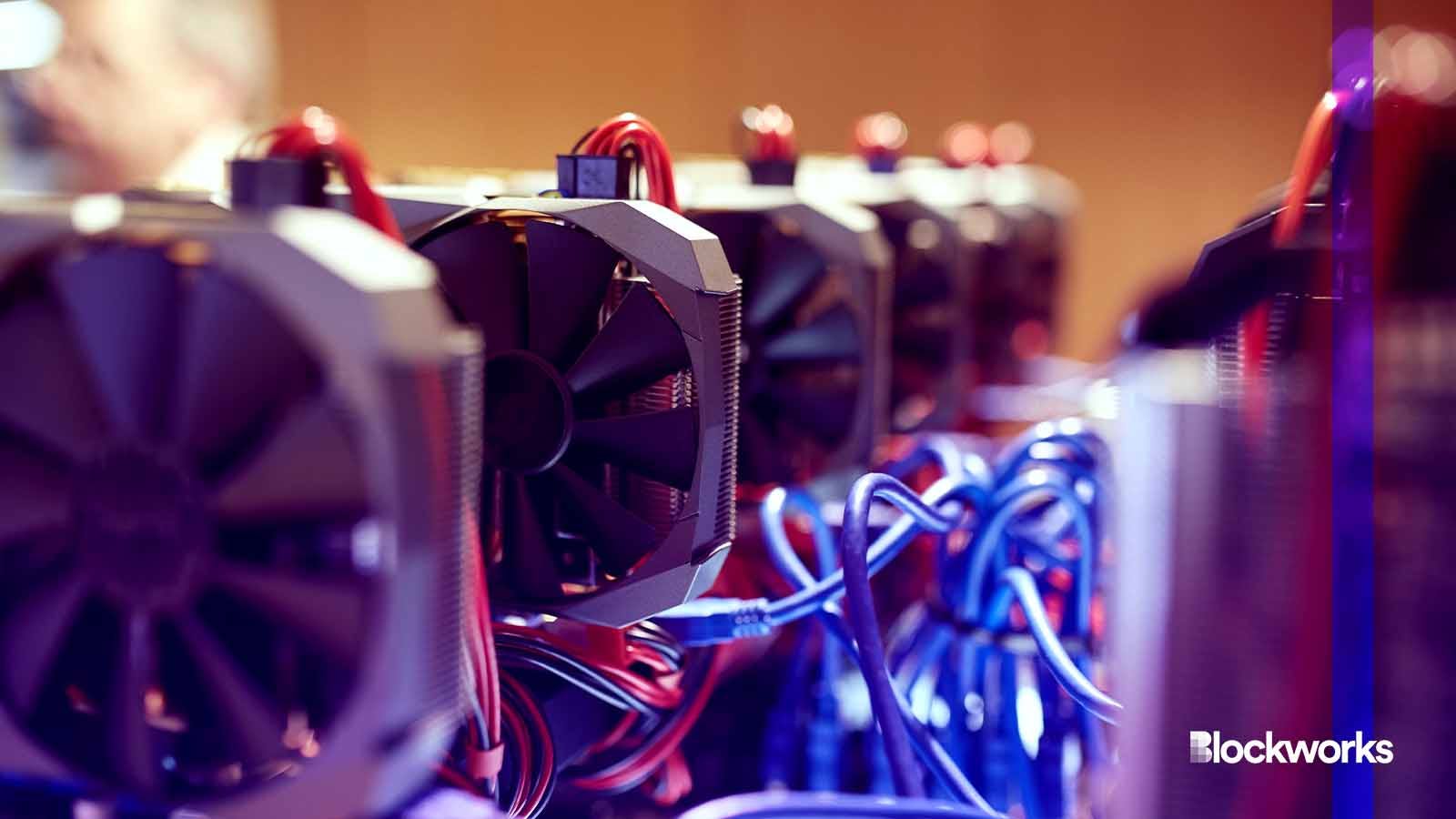Miners continue money-conscious moves ahead of the Bitcoin halving
Core Scientific said the possible revenue from its multi-year deal with cloud provider CoreWeave exceeds $100 million

Artie Medvedev/Shutterstock modified by Blockworks
While one bitcoin miner revealed Wednesday it seeks to reduce costs by closing one of its facilities, another looks to bolster revenue by supporting high-performance computing.
Texas-based Core Scientific, which emerged from bankruptcy in January, said it is set to lease up to 16 megawatts of capacity in its Austin datacenter to cloud provider CoreWeave.
The Core Scientific facility that once housed tech giant Hewlett Packard will now host infrastructure supporting applications in artificial intelligence (AI) and high-performance computing (HPC).
Possible revenue via the CoreWeave deal exceeds $100 million, the company said in a Wednesday news release.
“We believe today’s Core Scientific has the valuable ability to flex our asset base in order to maximize revenue and earnings,” Core Scientific president Adam Sullivan said in a statement. “Our diversified business model and leading scale enable us to continue operating as a low-cost bitcoin miner while also expanding our hosting customer base and diversifying our earnings streams.”
The multi-year contract with CoreWeave is just the latest example of a large mining player seeking to get more involved in the AI and HPC realms.
Hive Digital Technologies went through an AI-inspired rebrand last July as part of a pivot to high-performance computing. Industry peers Hut 8 and Iris Energy also last year pointed to the segment as a priority.
Read more: Bitcoin miners seek revenue with AI, high-performance computing
Aside from diversifying revenue streams, boosting efficiency and reducing costs has been on the minds of bitcoin miners — particularly as mining rewards are set to be cut in half next month.
At the time of the next Bitcoin halving, slated for mid-April, per-block rewards for BTC miners are set to drop from 6.25 BTC to 3.125 BTC.
The halving event — occurring roughly every four years — is expected to put financial stress on companies in the sector, likely spurring some to shut down operations or look to be acquired.
Coming off its merger with US Bitcoin Corp., Hut 8 said Wednesday it would shutter its Drumheller site in Alberta, Canada.
The move comes about a month after Hut 8 CEO Asher Genoot called out the facility for having an aging fleet and high energy rates. Repeated electrical problems at that site in recent quarters has contributed to decreased bitcoin mining production, executives have noted on earnings calls.
Read more: New Hut 8 CEO prepared to make ‘hard decisions’ to nix inefficiencies
Genoot said in a statement Wednesday that “elevated energy costs and underlying voltage issues” has continued to impact the site’s profitability.
“Our restructuring plan aims to drive maximum value from our assets and position the company for profitable growth,” he added.
The site’s more efficient miners will move to Hut 8’s Medicine Hat facility — also in Alberta. Machines with an efficiency worse than 38 joules per terahash (J/TH) will no longer operate, the company noted.
Hut 8 is keeping its lease at the site to give it the option of re-energizing there if market conditions improve.
Get the news in your inbox. Explore Blockworks newsletters:
- The Breakdown: Decoding crypto and the markets. Daily.
- 0xResearch: Alpha in your inbox. Think like an analyst.






